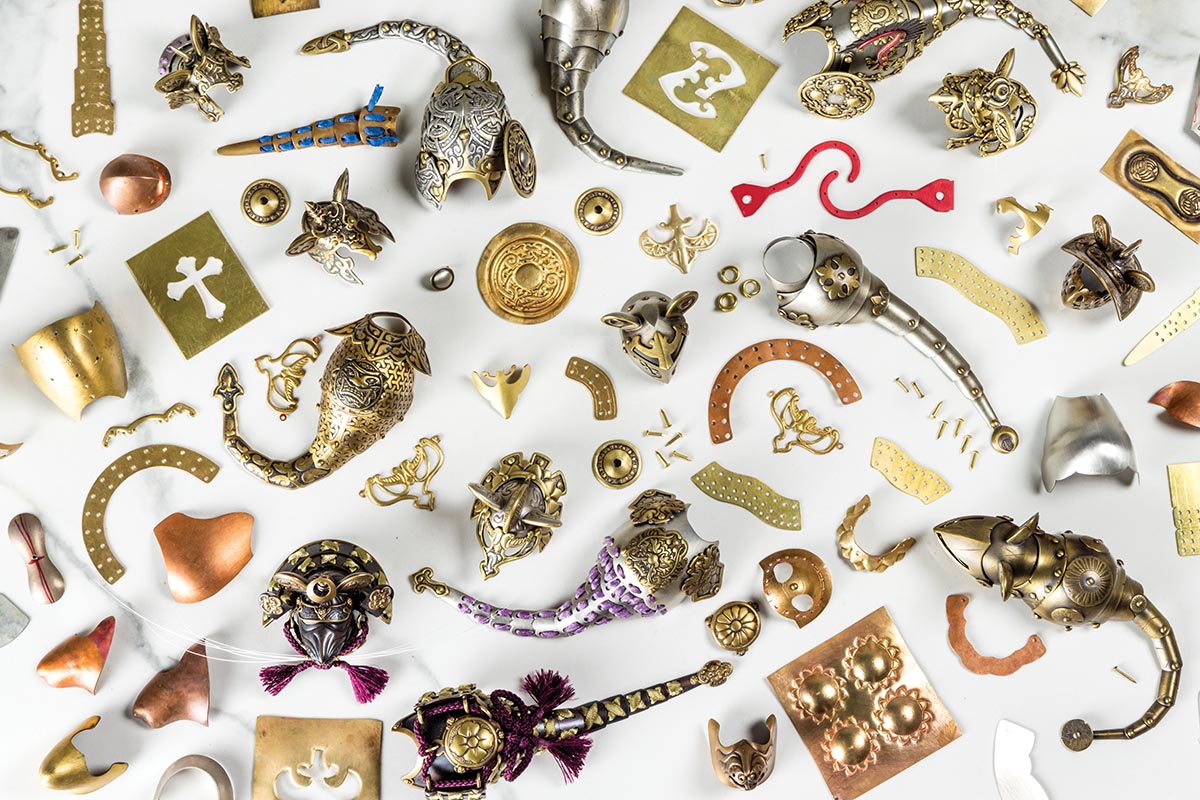It’s a sunny August morning. Photographer Christie Hemm Klok is standing at the base of a 150-foot ponderosa pine tree in California’s Boggs Mountain Demonstration State Forest, about 75 miles north of her home in San Francisco. She’s carrying an assortment of cameras and lenses and is wearing thick leather gloves, sturdy hiking boots, gaiters, a white hard hat, an orange vest, and a sturdy harness.
As an experienced forester loops a thick climbing rope through a carabineer on the climbing harness that’s cinched around her waist, she looks up to watch another climber clamber up the stately pine tree. In a few moments she’ll begin ascending 150 feet to the top of the same tree to photograph the forester as he collects pine cones for a state-sponsored reseeding project.
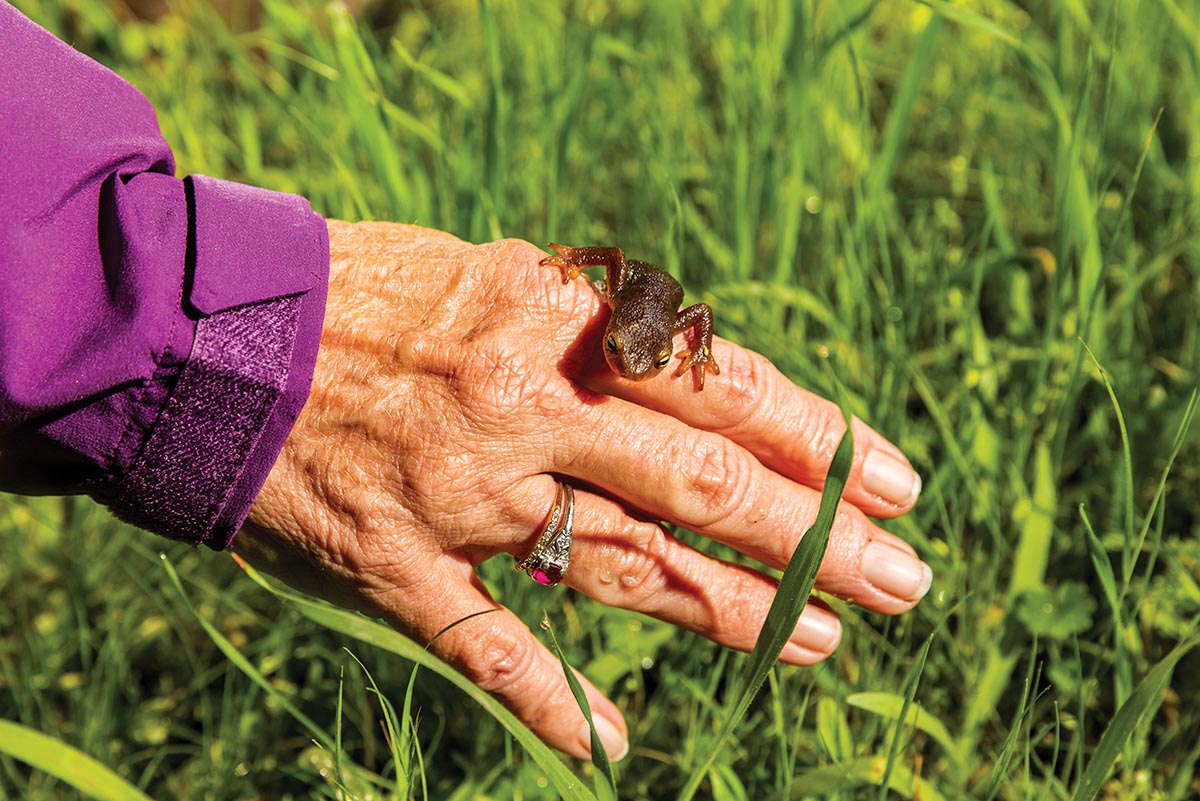
As she recounts the story from her home, she remembers that scene from 2021: “I was terrified. I knew I was in good hands with the experienced climbers, but I’d never climbed any tree before, much less one that was 150 feet high.”
She smiles. “But there is another reason I was so scared. This was my first—my very first—photography assignment from National Geographic. And I knew I couldn’t blow it.”
She didn’t.
She climbed the tree. And for almost four hours Hemm Klok and a lighting assistant carefully moved through the ponderosa pine tree’s canopy, photographing the climbers collecting seeds that would eventually help restore forests scorched by wildfires. The story, the first of several she’s since done for National Geographic, featured a wide variety of Hemm Klok’s images online and ran to great acclaim.
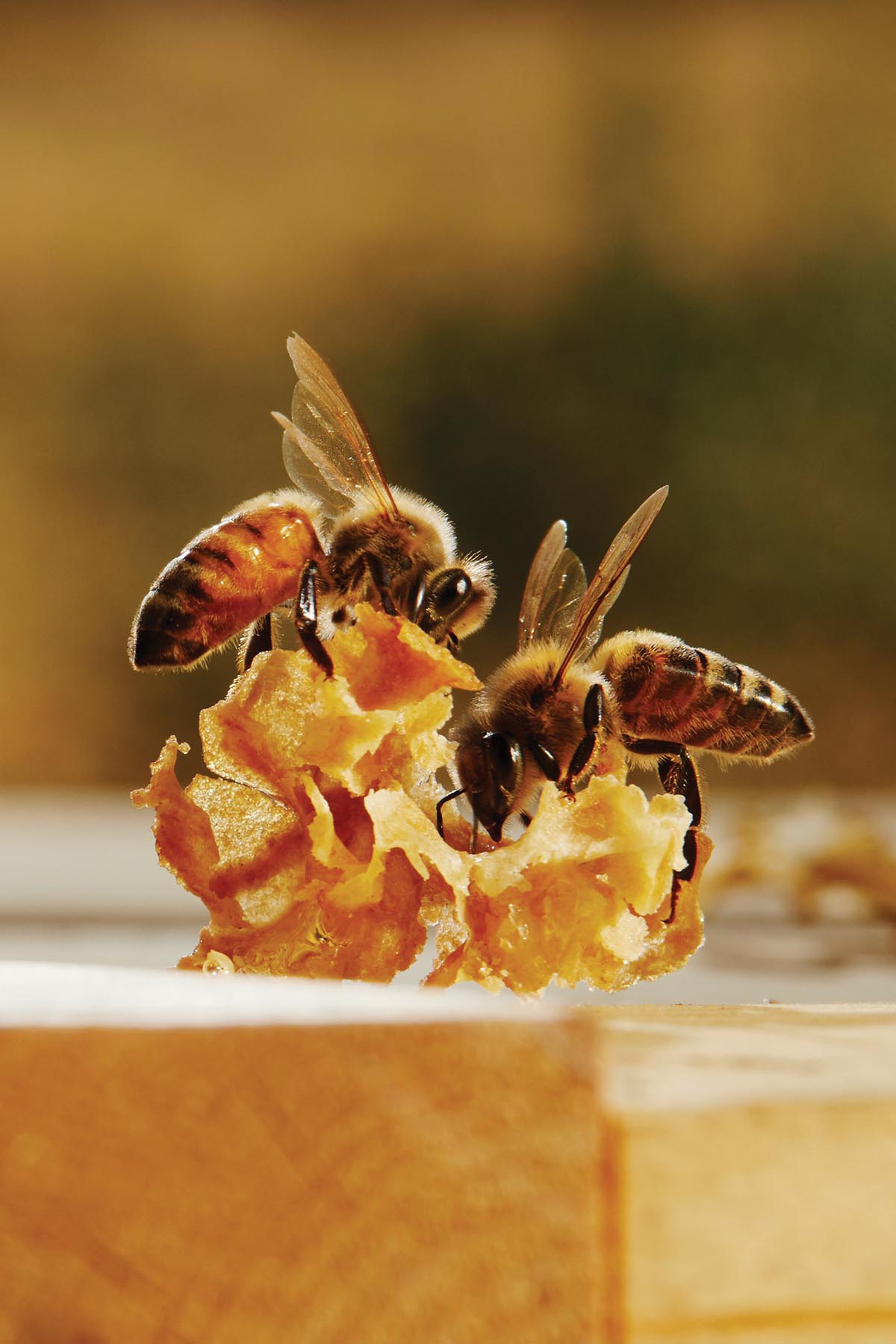
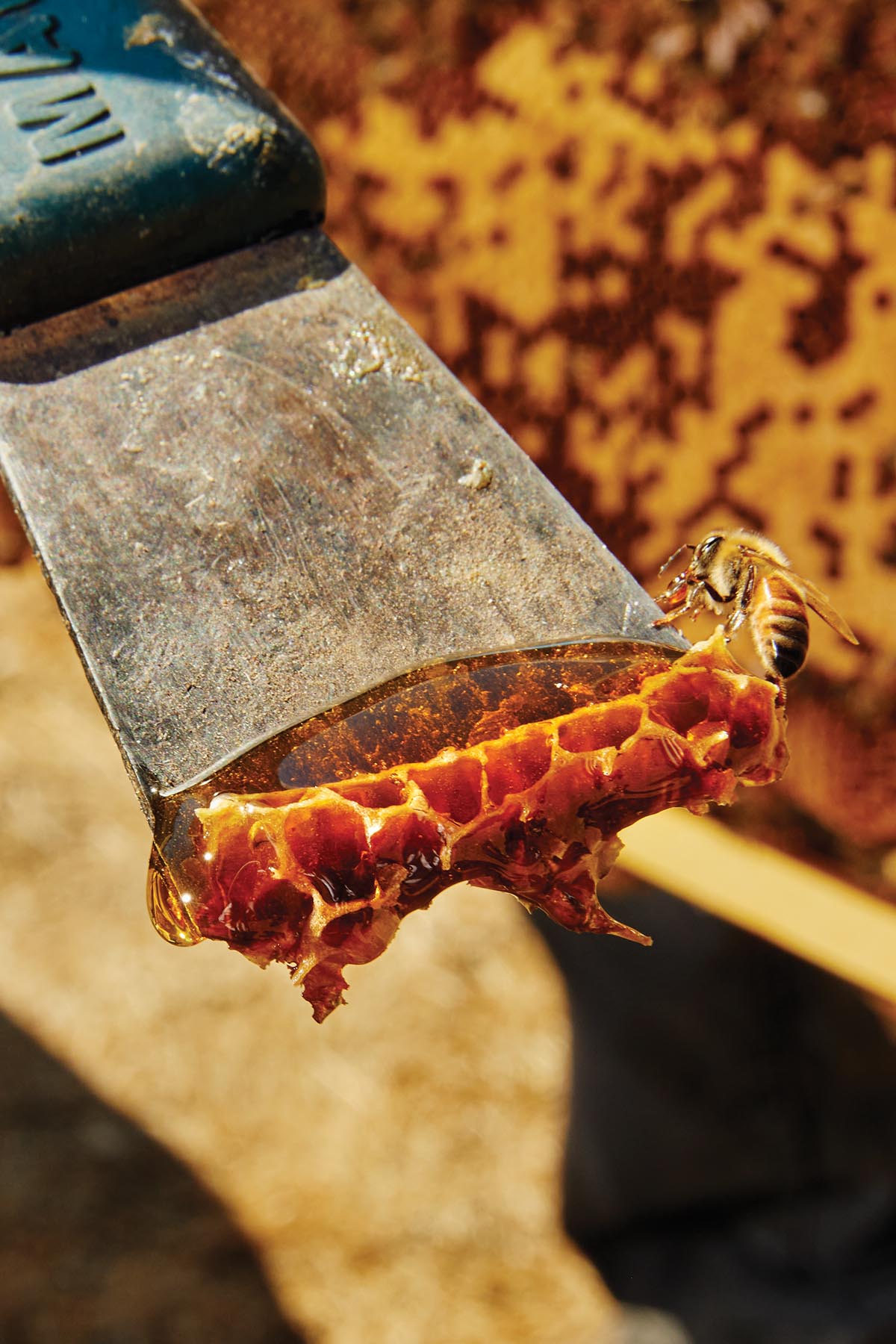
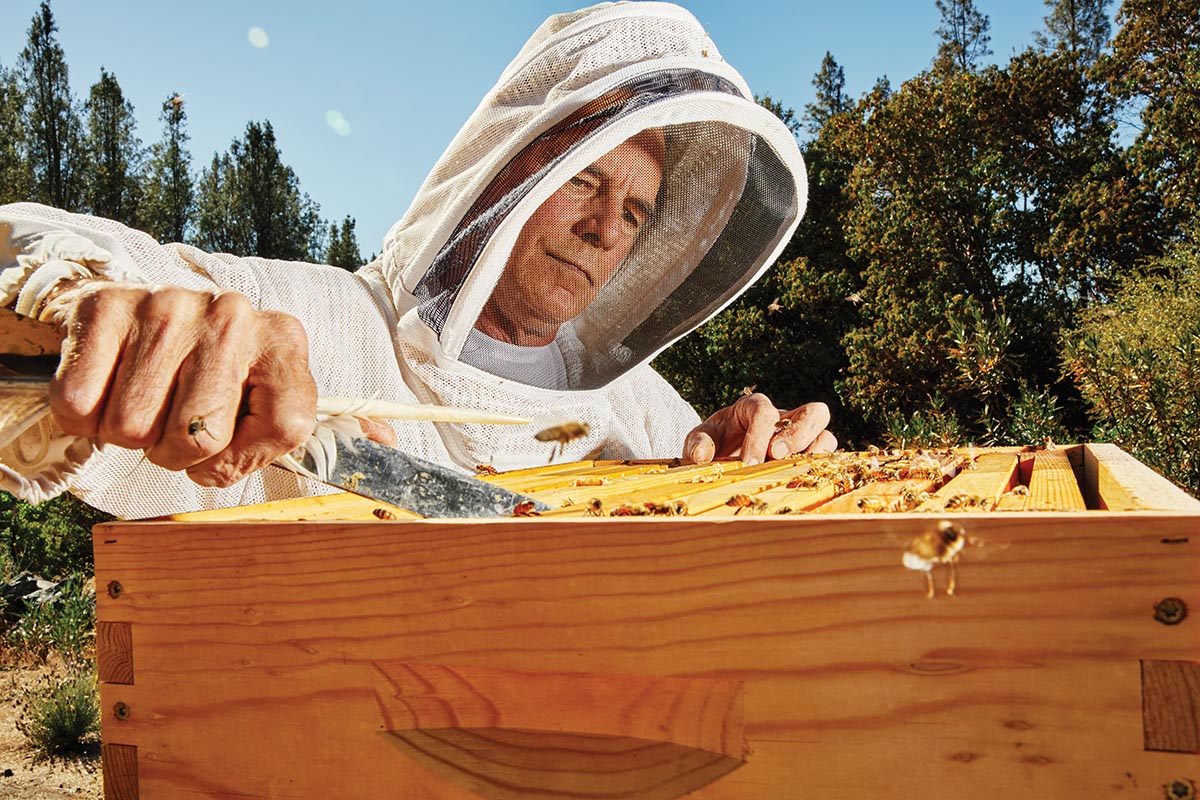
NO FEAR
While her aerial debut for National Geographic was one of Hemm Klok’s most dramatic commissions, the 38-year-old has built a reputation as a freelancer known for her willingness to take on the most challenging assignments. Her work has been published in National Geographic, The New York Times, The Atlantic, Wired, Inc., Playboy, Smithsonian Magazine, and more.
She’s known for bringing a strong narrative voice and story sense to her editorial work. Says Marisa Schwartz Taylor, senior photo editor at The New York Times, “In addition to her technical talents, Christie has that rare ability to bring very different elements of a story together so they all fit perfectly and tell that story in a unified way.”
After graduating with a degree in photography from Pasadena’s ArtCenter College of Design in 2010, Hemm Klok began freelancing but admits she lacked career direction. She worked as a bar manager, in a cheese shop, as a freelance photographer for local magazines, and as an intern with California-based documentary photographer Lauren Greenfield.
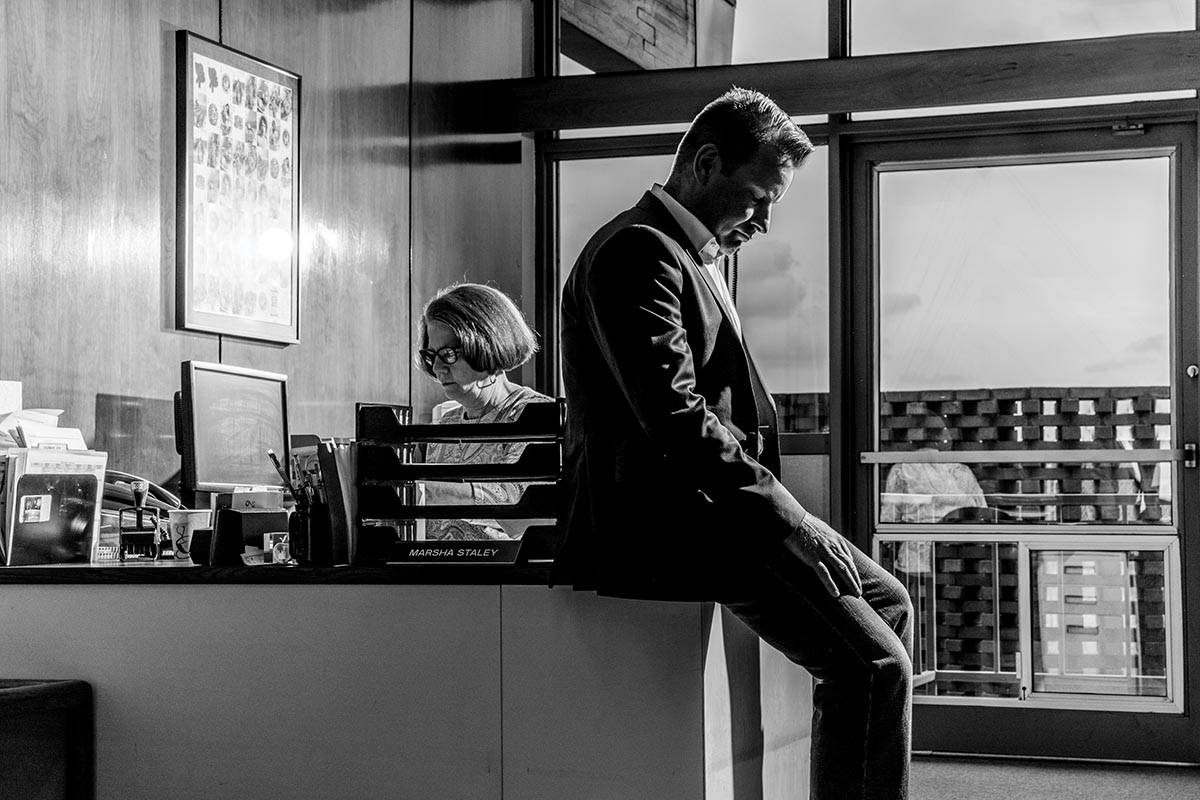
After the birth of her son in 2013, Hemm Klok took a job as an associate photo editor at Wired magazine, where she worked for almost two years assigning stories for the magazine and website as well as doing in-house photography. “Looking back as a freelancer, the great part of my time working at Wired was that I got to see how the sausage was made,” she remembers.
“I was in the room with editors when conversations with—and about—photographers were taking place. So, when I began freelancing again I could read between the lines when it came to getting hired or not hired. This helped me develop a relentless spirit when it came to selling myself and my work. I learned not to be afraid of rejection and when—and when not—to keep pitching.”
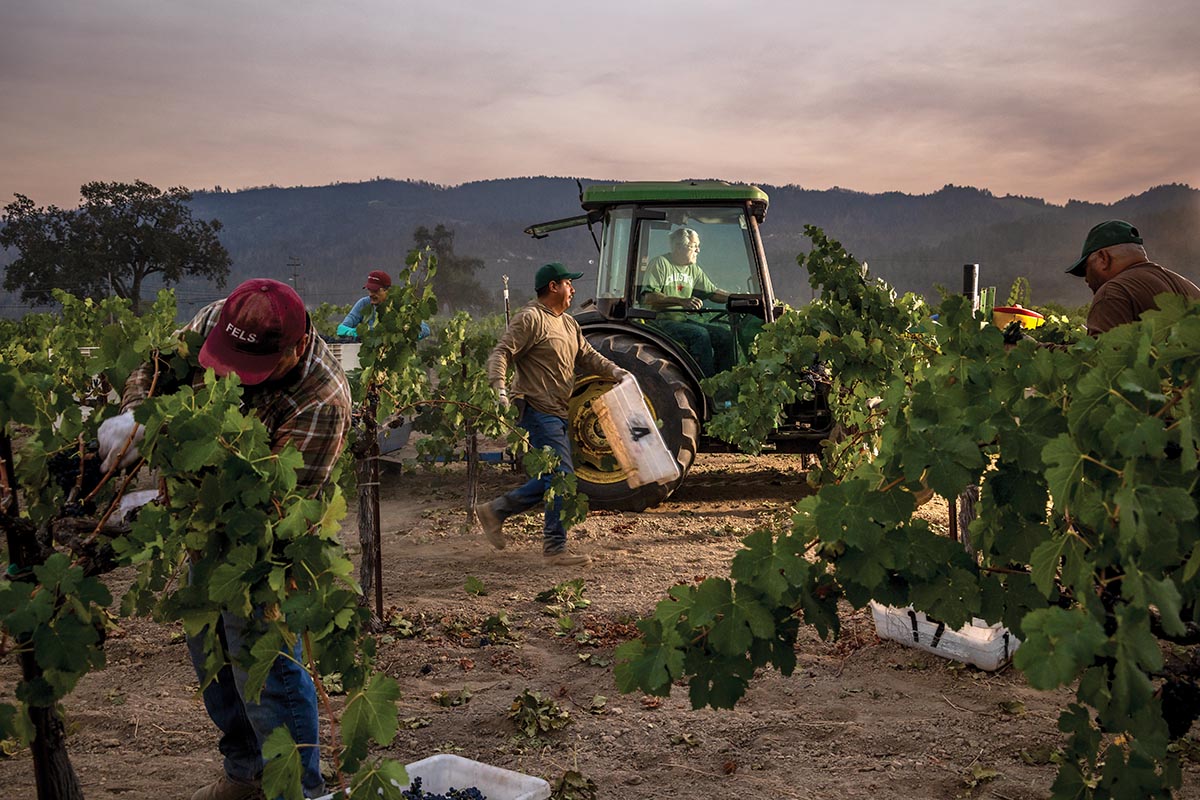
She smiles as she remembers sending hundreds and hundreds of emails and postcards to photo editors and getting just a few responses. “But I learned to keep trying and eventually developed a few relationships with photo editors that eventually blossomed into work,” she says.
She kept in touch with National Geographic photo editor Samantha Clark after several of her story ideas were rejected. “She was always willing to give me advice and I would incorporate her ideas into my next pitch,” says Hemm Klok. “Then, two years after first writing her, she gave me my first assignment with National Geographic, the seed collecting, tree climbing story. If I’d given up, if I hadn’t been relentless, I’d never have gotten that assignment.”
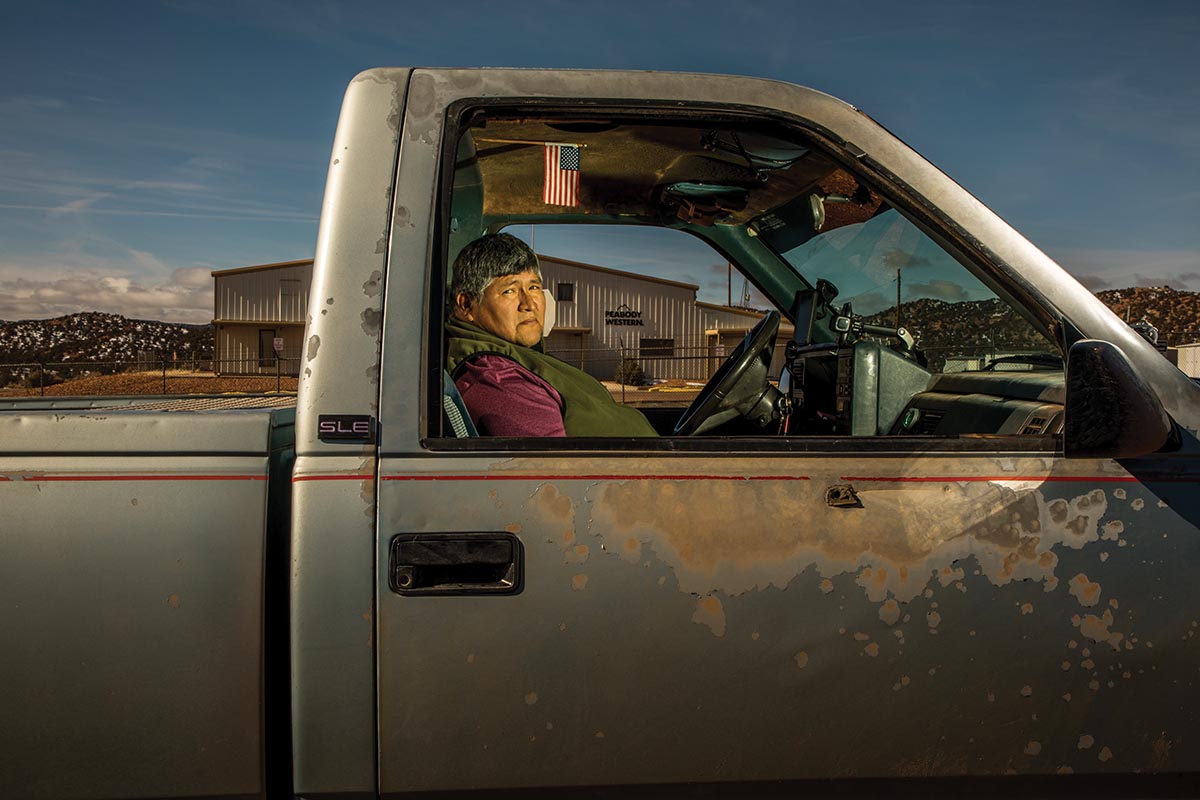
FINDING A STYLE
Another benefit of working for the fast-paced Wired: Understanding the difference in photographing for a website. “I quickly learned how important the website aspect of stories was,” says Hemm Klok. “So often we think of how our work is going to look in a print layout and ignore the importance of also shooting for a website. But a freelancer who understands that a client may need an image that will work in many different formats and sizes for the inevitable changes that occur on websites as stories morph, gives them an advantage.”
At Wired, Hemm Klok photographed in-house assignments intended to resemble the style of other photographers to fit in with an existing story. “Essentially I was copying other photographers,” she says, so after leaving the magazine she felt a bit lost. “I wasn’t totally clear on what my own preferred aesthetic was.”
To remedy that and discover and develop her own style, she began a personal project that would reflect her voice. Over a year, between freelancing jobs, she photographed the women firefighters of the San Francisco Fire Department (SFFD). She wanted to depict their strength and also had another reason for the portraits project: “I had the chance to make my own mistakes, work through my processes, and perfect my lighting and posing,” she says. “This project gave me the time to experiment and even make mistakes. Plus, I got the chance to hang out with some very cool people for a year!”
The book, “The Women of the SFFD,” was self-published in 2017 to coincide with the 30th anniversary of the department’s hiring of the first female firefighter. “Doing the book taught me so much,” says Hemm Klok. “I think doing personal work is so important for photographers who want to develop or hone their own style or aesthetic. It is also something you can send out when introducing yourself as you market and look for assignments. I like to say, Make the work you want to get.”
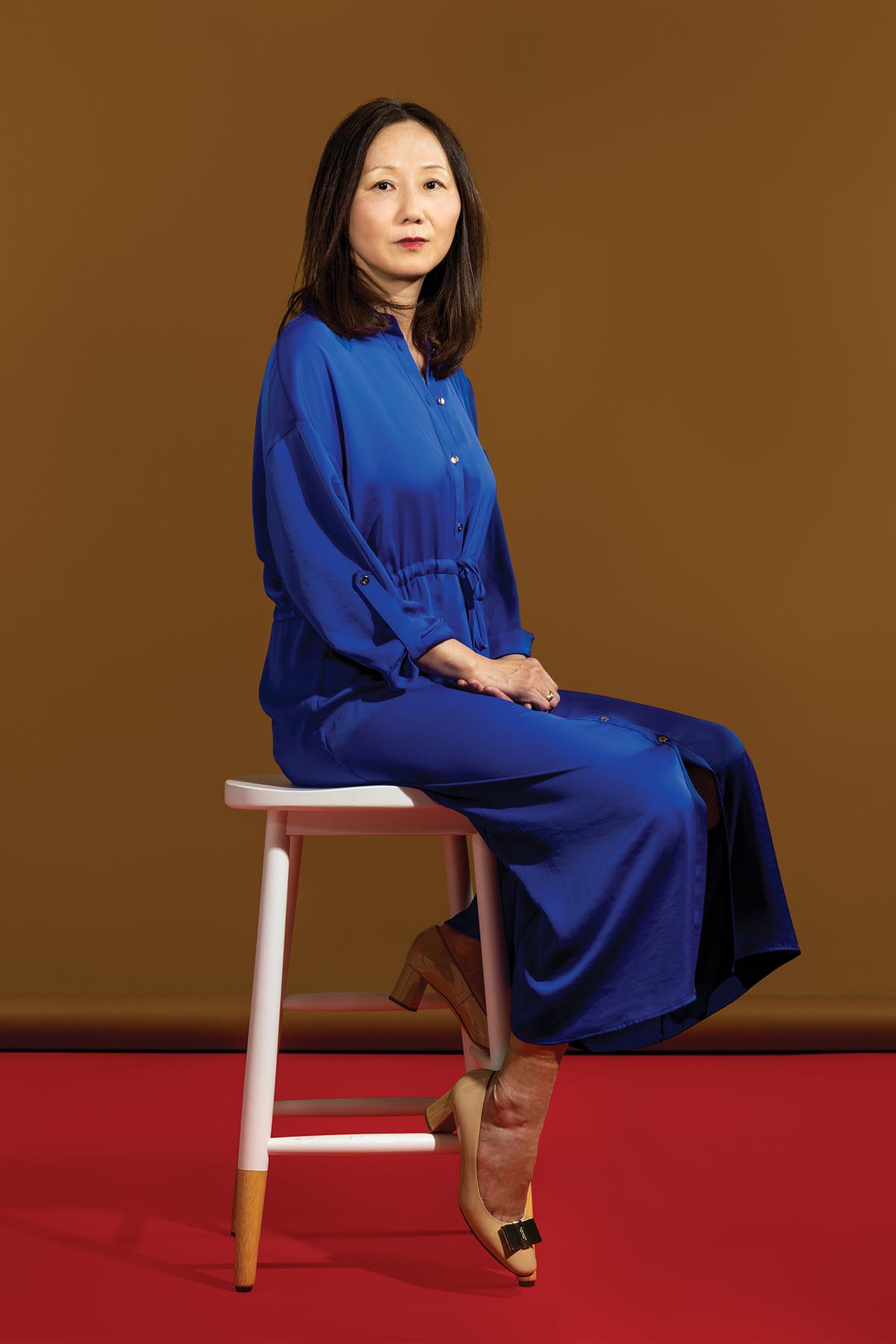
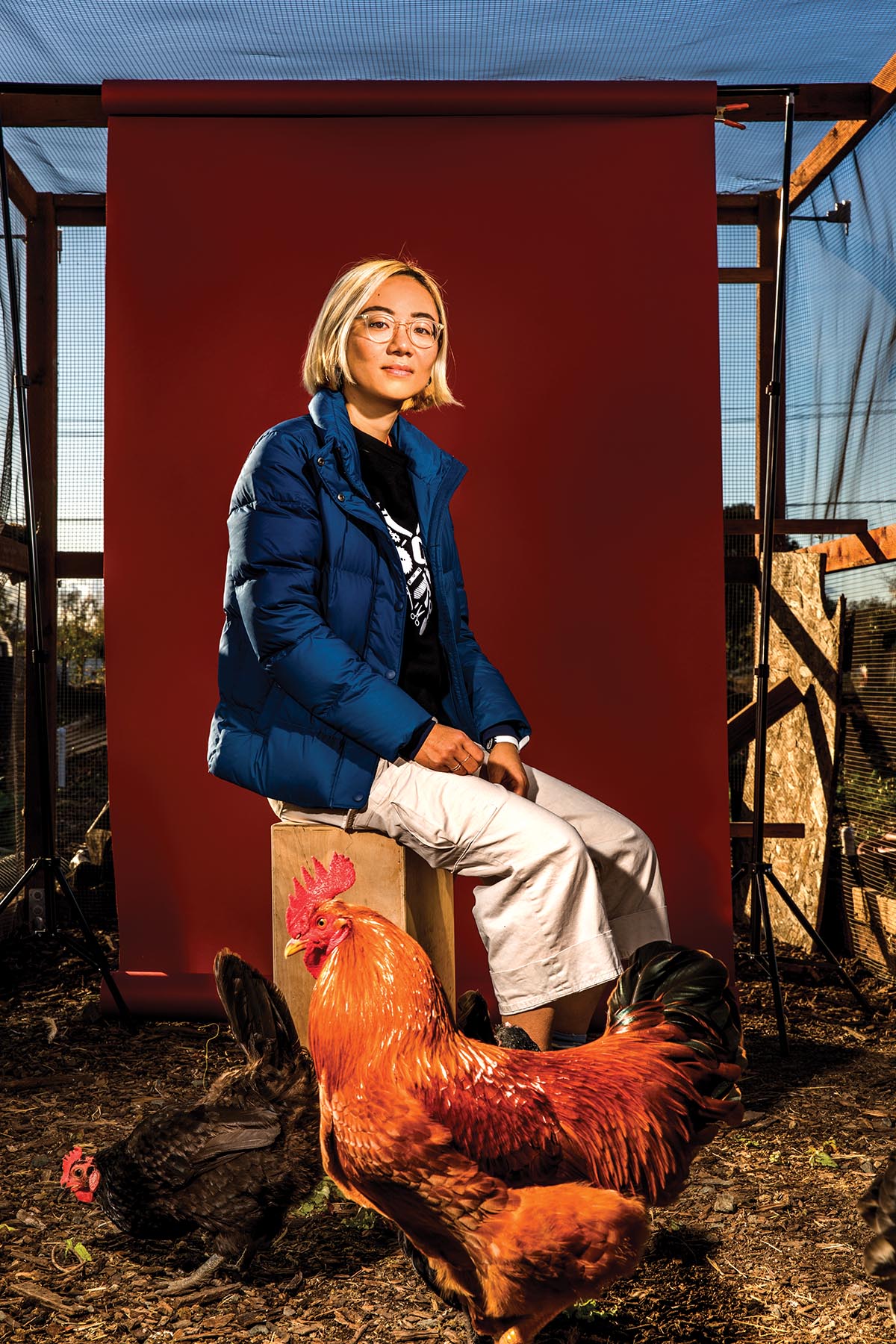
WEIRD STORIES
Thanks to what New York Times senior photo editor Marisa Schwarz Taylor describes as Hemm Klok’s “enthusiasm to explore a new story,” she’s been receiving an increasing number of assignments described as off-beat or even weird.
Hemm Klok recalls a New York Times photo editor contacting her in 2019 and saying, “I’ve got a story that needs strong creative direction, and so I’m hoping you’ll be available to cover this one.” Says Hemm Klok, “The editor explained that there was something she described as ‘a raisin mafia,’ and she wanted black-and-white photos that had a film noir aesthetic to them to illustrate the piece. I loved the challenge, and although I knew nothing about the photographic style or subject of the story, I immediately said I’d do it.”
Hemm Klok did a lot of research on the film noir genre of photography and its era. She also read about the raisin business controversy so she would be able to suggest scenes and settings. The high-contrast black-and-white images she photographed turned out to be some of the most popular she’s ever produced. “Suddenly, I was getting emails from strangers praising my pictures. It was the first time I was flooded with fan mail.”
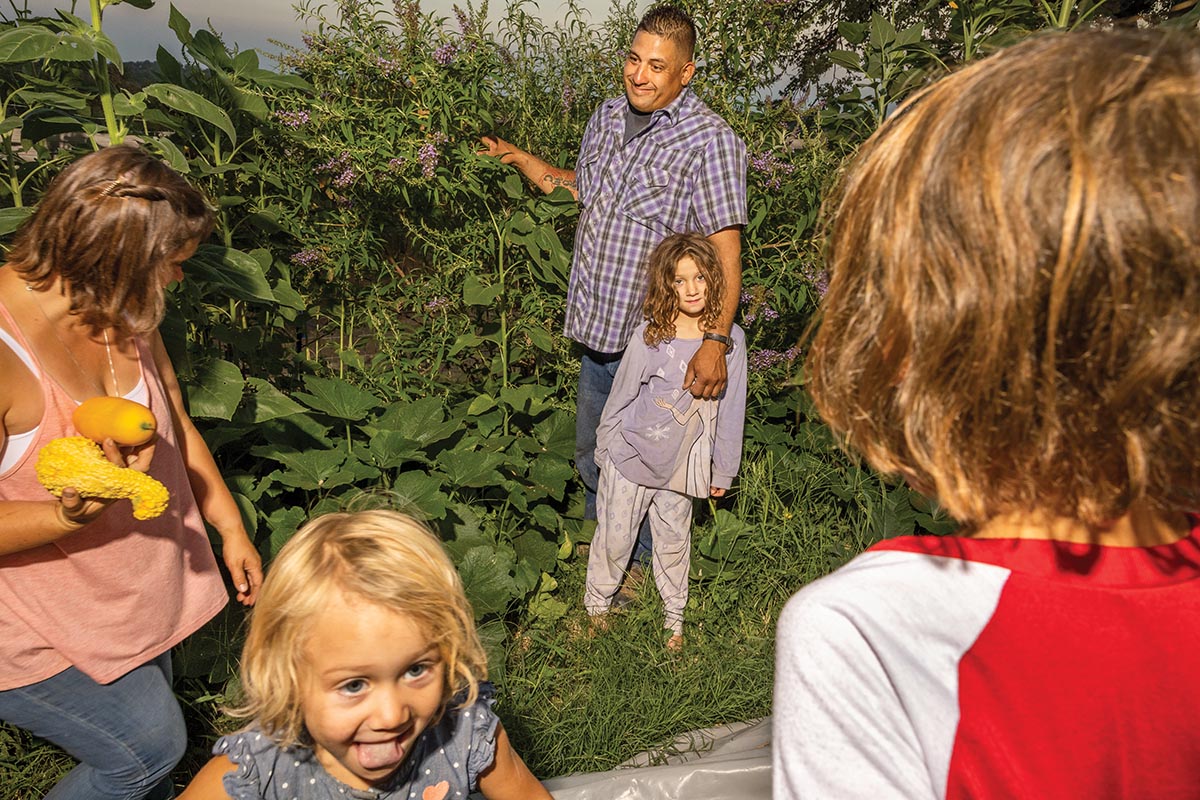
Another offbeat story for Smithsonian Magazine, on fig hunters in California, also required hours of research on both figs and the people who search for and collect the fruit. “Again, this was a topic about which I knew absolutely nothing, even though it was in my backyard,” says Hemm Klok.
After reading, research, and collaborating with the article’s writer, Hemm Klok felt she knew at least enough to talk intelligently with the fig hunters she was hoping to photograph. “It’s so important to do the research so you can have a dialog with your subjects. That gets them excited, and they can trust you because they can see you care about what they care about.”
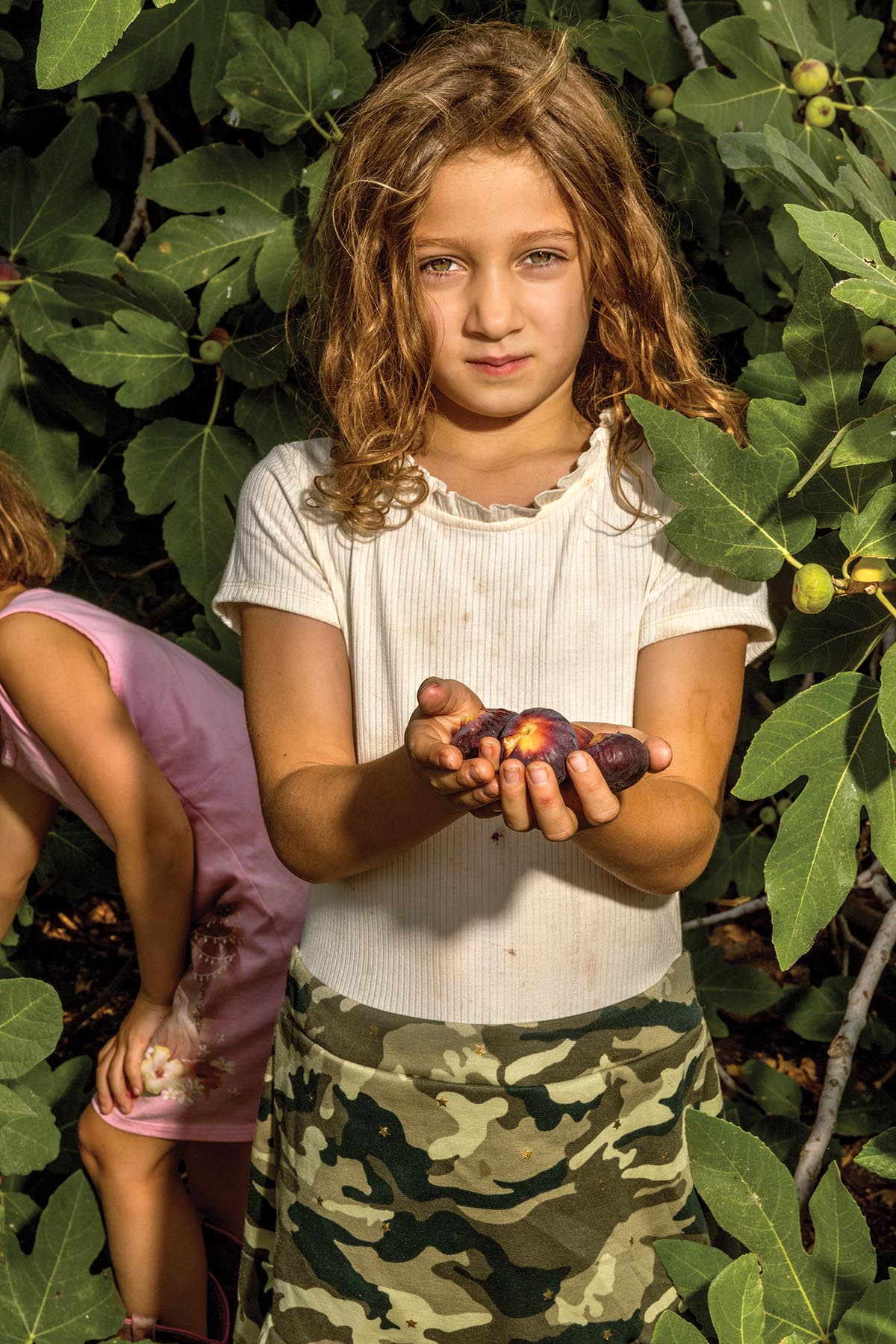
The story, “Gather the Wild Figs” won an American Society of Magazine Editors award for best photography in 2023. And there’s more, says Hemm Klok. “Before I began my research, I had no idea how figs were even pollinated. But now I know a lot about figs. And I see the ones I have in my own backyard through different eyes. This job is so much fun.”
Robert Kiener is a writer in Vermont.
Tags: documentary photography

